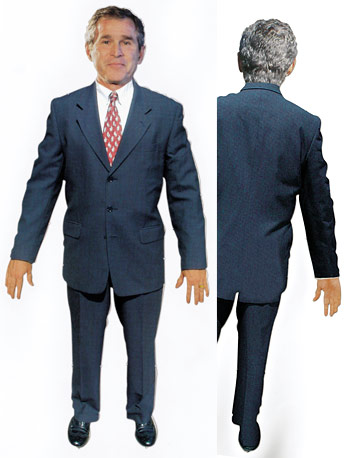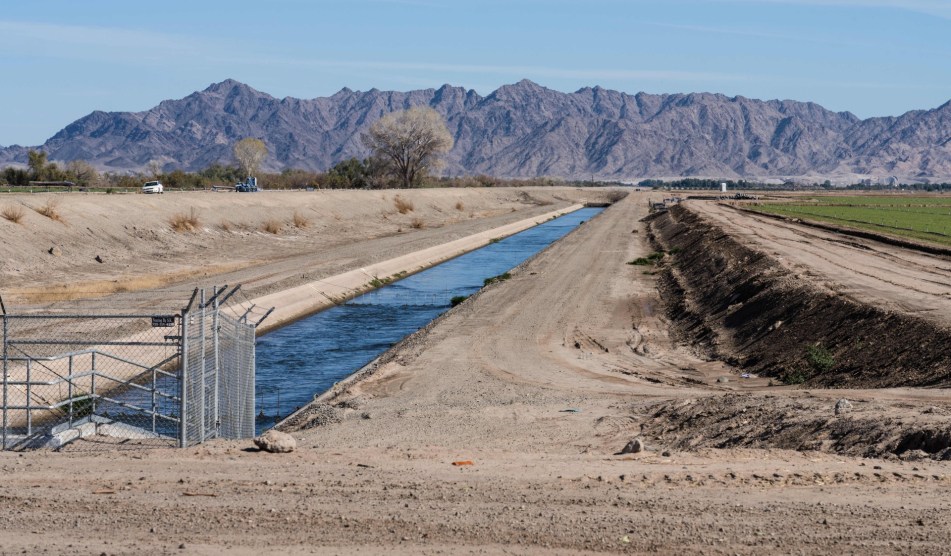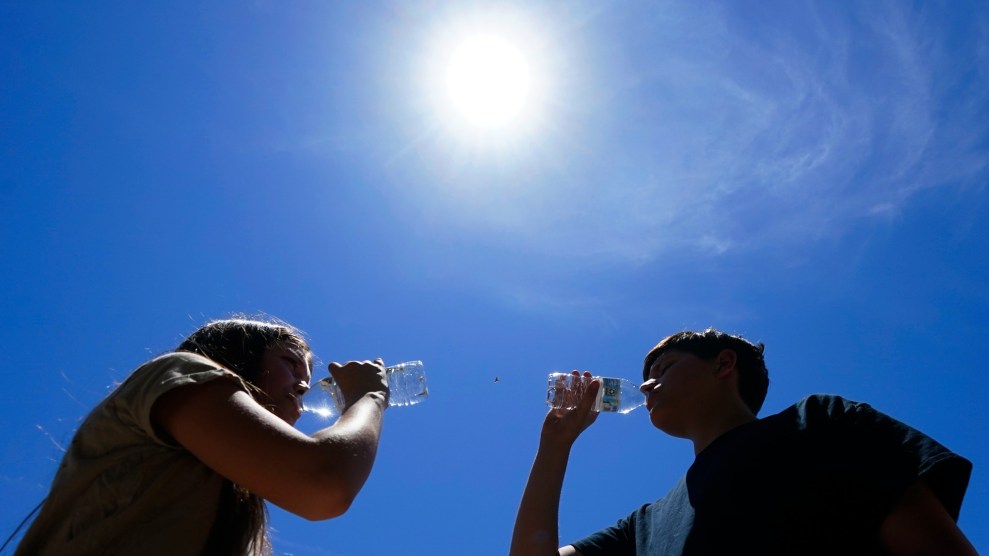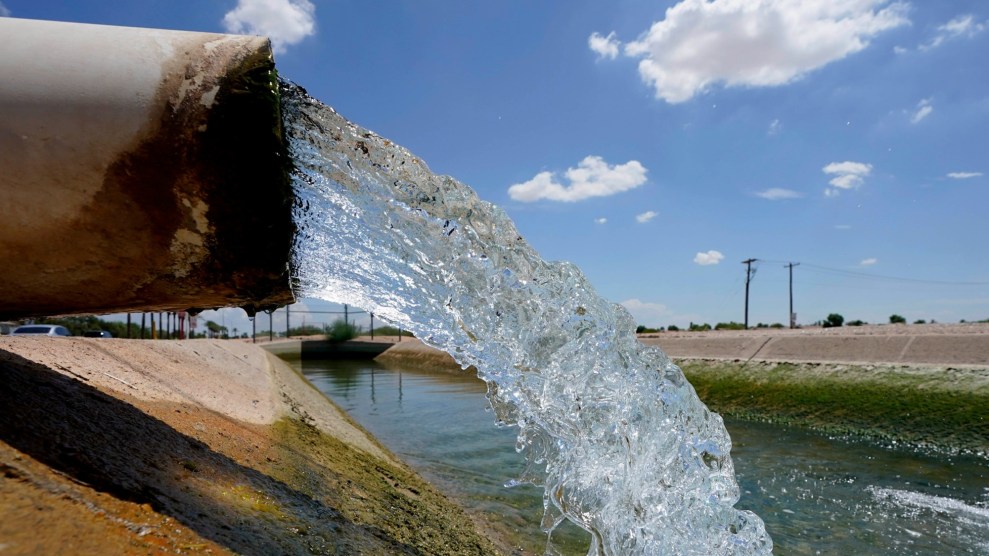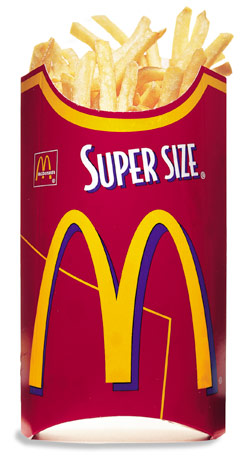 |
 |
Want Irrigation with That?
The deleterious effects that supersize portions pose to human health have been well documented. Now to the list of obesity, heart disease, and bad skin we can add a new evil: wasted water. A typical American eats four orders of fries a week, or 30 pounds a year, a 700 percent increase since Ray Kroc opened the first McDonald’s in 1955. It was Kroc who first developed the techniques necessary to mass-produce fries. In Water Follies: Groundwater Pumping and the Fate of America’s Fresh Waters, author Robert Glennon shows how each revolution in fry uniformity has come at an ecological cost.
Texture To ensure that the fries’ interior is properly fluffy, potatoes are washed, steam peeled, sliced, blanched, and par-fried in beef flavoring before being frozen and shipped to retail outlets. There they are deep-fried, which replaces their water with fat. Optimal potatoes, Ray Kroc deemed, are 80 percent water. But unless spuds absorb moisture at a constant rate, they develop eyes and knobs and grow into irregular potatoes. As McDonald’s standardization took off, such oddities were no longer commercially viable. So although potatoes were once “dryland farmed,” today the two leading fry suppliers to McDonald’s and other chains — Simplot and Frito Lay — will accept only irrigated potatoes.
Appearance White on the inside, golden brown on the outside. It is the hallmark of a MickeyDee’s fry — one that takes water to achieve. To keep potatoes from losing water weight and thus value, they’re stored in a 95-percent- humidity environment. And since McDonald’s won’t accept fries that aren’t white, the environment can’t be cool — that would cause a potato’s carbohydrates to convert to sugar, which browns while cooking. So it’s goodbye, root cellars and hello, climate-controlled ware-houses, where banks of com-puterized furnaces prevent any variation of temperature.
Length Introduced in 1988, supersize fries may or may not lead to the downfall of Western civilization. But Glennon makes a good case that they did at least push growers to irrigate. Fries once came in little white bags, and were accordingly stumpy, but now fries are taller, designed to proudly jut out of a supersize carton. Longer fries require longer potatoes, best achieved by center-pivot irrigation systems. Irrigation alters aquifer exchange rates, stream hydrology, and water temperature, which degrades fish habitats. As the delivery system for fertilizers and pesticides, water becomes toxic runoff. According to Glennon, reduced water flow in Minnesota’s Straight River during pumping season is largely due to wells that feed a 7,500-acre farm owned by R.D. Offutt Co. — the nation’s largest potato grower. Each year a nearby Offutt processing plant uses an additional 600 million gallons of groundwater turning 1 billion pounds of potatoes into 500 million pounds of fries worthy of McDonald’s. Perhaps Americans could be persuaded to accept a fry that was just as tasty, but shorter and browner. But what kind of clown would try to sell that?
— Clara Jeffery
Photo by Todd Tankersley
|
